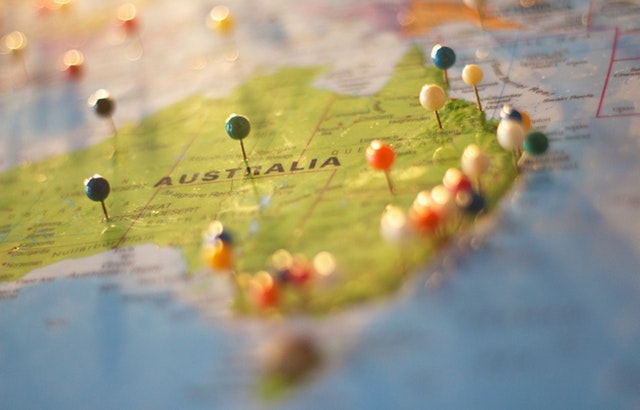Political or campaign media strategies including tactics such as fake news, astroturfing etc. have been used often, especially via social media, to influence users through others sharing, without checking information.
This has been observed and used by the fossil fuel lobby to denigrate climate science, anti vaxxers on vaccinations, then of late round Covid19, restrictions including the wearing of masks and promoting QAnon conspiracy.
However, research has shown that such conspiracies and misinformation can be significantly reduced by simple warnings or interventions that slow or stop sharing (based on when only headlines are read) of misinformation.
Following is an article that presents the issues and research conducted into social media user behaviour on Facebook and Twitter via Nature.
From DeSmog:
‘Nudging Social Media Users to Think Critically Helps Slow the Spread of Fake News, Study
By Nick Cunningham Friday, March 19, 2021 – 12:00
Many people who share fake news online do so because they aren’t paying close attention to what they’re sharing, according to a new study. The research found that simply prompting people to think about the accuracy of their news content helps curtail the spread of falsehoods. ..
….While the spread of inaccurate or false information and conspiracy theories is nothing new — the climate denying disinformation campaign by the fossil fuel industry dates back decades — the study’s findings undercut the notion that there is a widespread desire among the public to actively spread disinformation. Rather, it adds further evidence showing how social media allows for fake news to spread rapidly — and how to slow it down.
Online disinformation seemed to hit a fever pitch in the past year, with the spread of the violent QAnon conspiracy, Covid denial, 2020 election conspiracies, and pro-insurrection voices all intermingling and cross-pollinating.
But instead of the malign actors involved in creating disinformation — such as the Koch-backed network of think tanks, charities and politicians seeking to undermine climate science, or, more recently, coordinated social media campaigns and troll farms, sometimes backed by government intelligence agencies, aimed at undermining elections around the world — the new Nature study looks at the much larger set of everyday social media users who share this type of misinformation online, often unwittingly, or at least not with malicious intent. The results offer some reasons for hope, as well as some tools to fight disinformation.
The study surveyed thousands of U.S. Twitter and Facebook users….
……Instead, what the researchers found was that many people spread fake news without thinking too much about whether the information is accurate or not. It’s a problem of inattention, made worse by social media which pushes people to sift through news rapidly and superficially….
…..The good news was that even small interventions — the prompt asking whether or not headlines were accurate — redirected people away from a tendency to share false information. This suggests that social media platforms could, perhaps, periodically survey people on the accuracy of selected headlines in an effort to subtlety remind users about accurate information, the authors say.
Twitter has recently been taking steps to slow the spread of misinformation. Last year, the social media platform introduced a new feature that reminds people to read an article before retweeting it, which it says has promising results. The platform also began tagging misleading tweets with disclaimers…..
…In a recent analysis, DeSmog found that dozens of prominent climate deniers supported the January 6 insurrection in Washington D.C. They spread debunked claims about election fraud and in some cases supported political violence. This is the type of campaign that was then likely shared by many more people who, as the Nature study illustrates, may have shared the content without taking time to think about its accuracy.’
For more blogs and articles about climate change, critical thinking, digital literacy, media, populist politics and science literacy.



